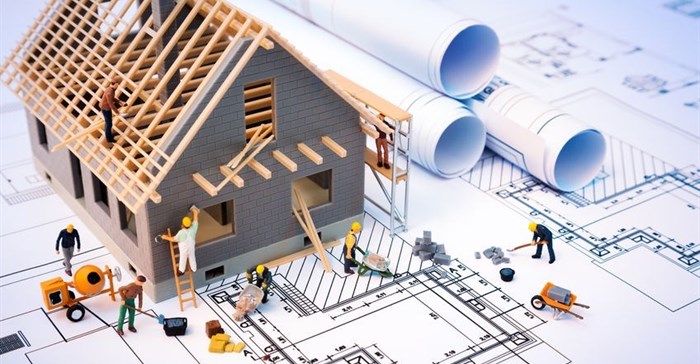Newly released data, outlining the dynamics of South Africa's construction industry, provides an informative perspective of the real estate chain through tough economic times - and also indications of optimism and resilience.
Stats SA’s new private sector building statistics presents data collected by the largest municipalities in the country for the first eight months of the year (January to August 2016).
The total value of buildings completed over this period amounted to R38.3bn. This represented an encouraging increase of some 10% over the same period in 2015, when the value of buildings completed amounted to R34.8bn. Residential property construction accounted for well over half the total in both years.
Alterations and additions – extensions, garages, garden cottages and so on – amounted to around R6.6bn in both periods.
Non-residential buildings
The construction of non-residential buildings – which includes commercial and industrial properties – reflected a noticeable increase. In the first eight months of 2015, construction in this part of the market amounted to R7.9bn; an increase of 39% to some R11bn in the same period in 2016.
Industrial space and warehousing accounted for the largest portion of non-residential buildings constructed – at R3.9bn, it accounted for a little over a third of these.
Unsurprisingly, the largest contributors to these numbers were Gauteng, KwaZulu-Natal and the Western Cape. Gauteng and KwaZulu-Natal showed particularly strong growth over this period.
Meanwhile, building plans passed in the first eight months of 2015 amounted to R68.9bn, falling moderately to R68.5bn in 2016.
Weathering a tough environment
The message overall is that while the level of construction activity may not be at boom levels, or growing as rapidly as South Africa would like, the property sector appears to be weathering a tough environment. Although there is ample evidence that South African households are living under strain, a definite demand for new properties is evident. This demand is particularly pronounced in the non-residential market: this is potentially a very positive indicator for the direction of South Africa’s economy.




































